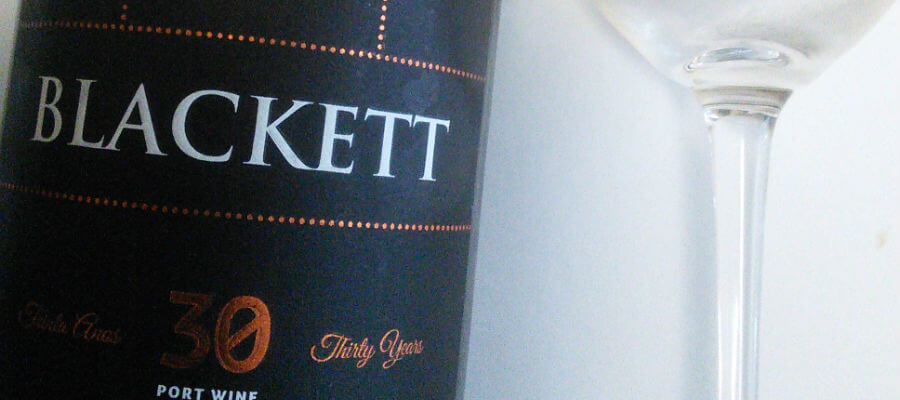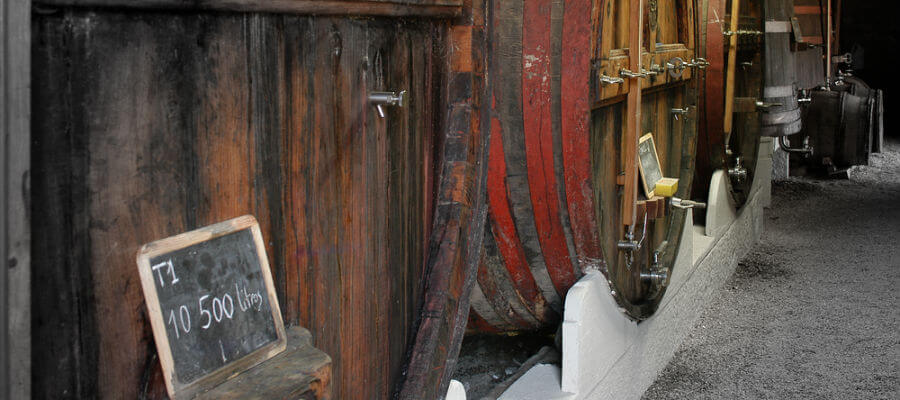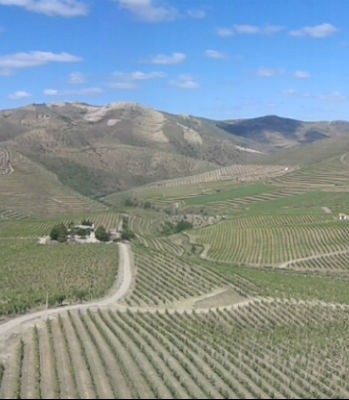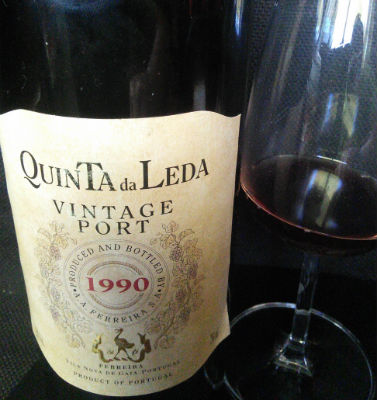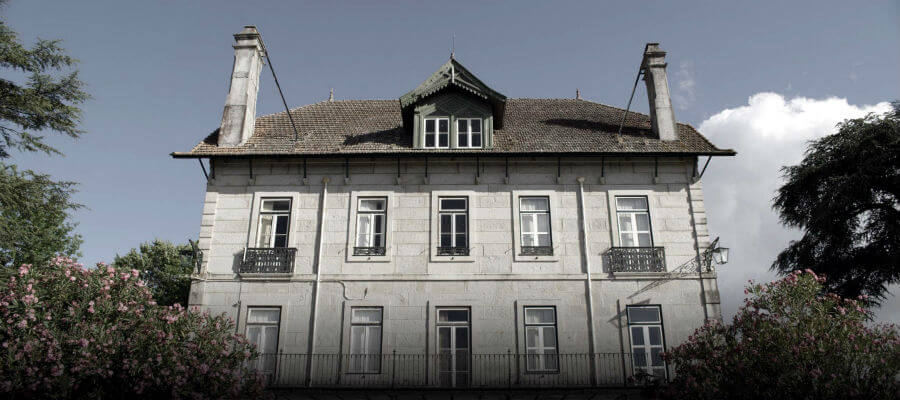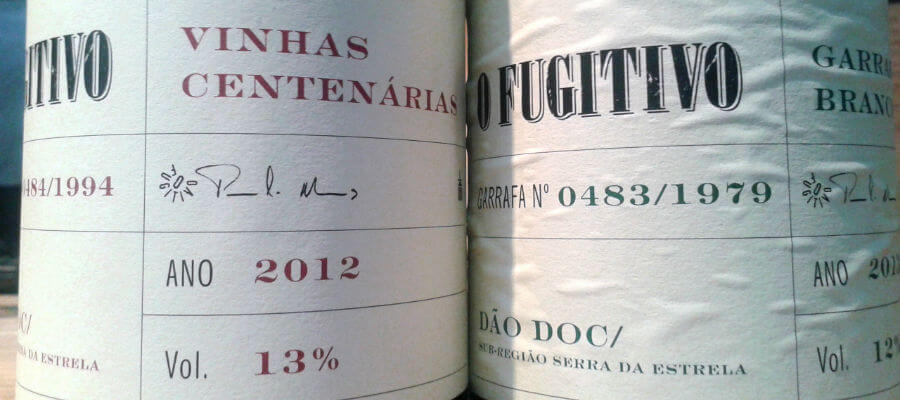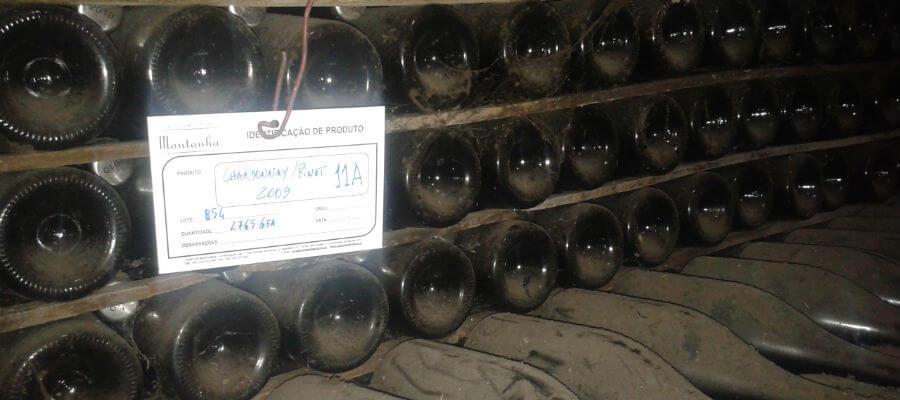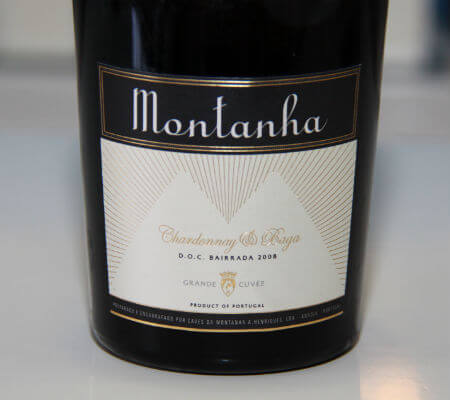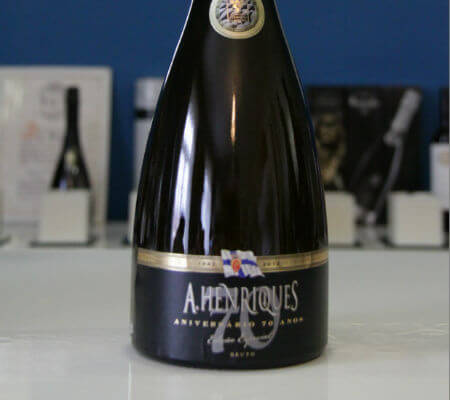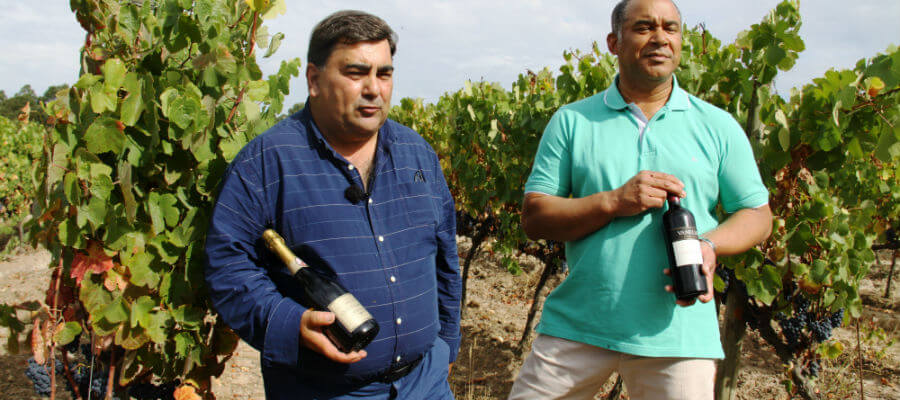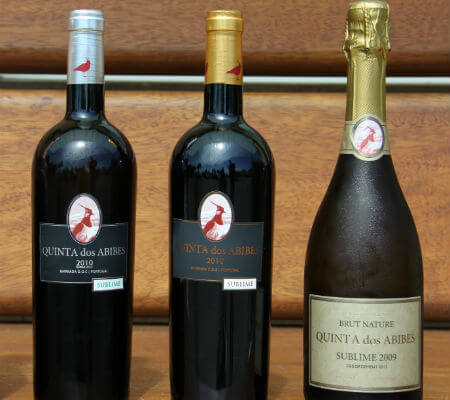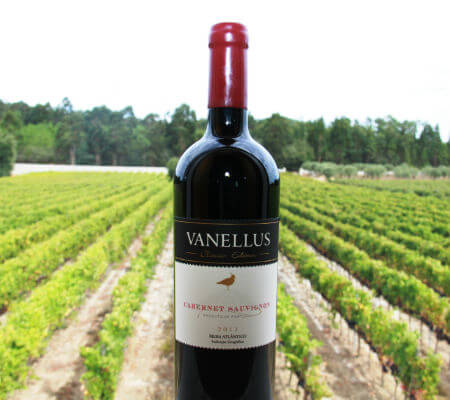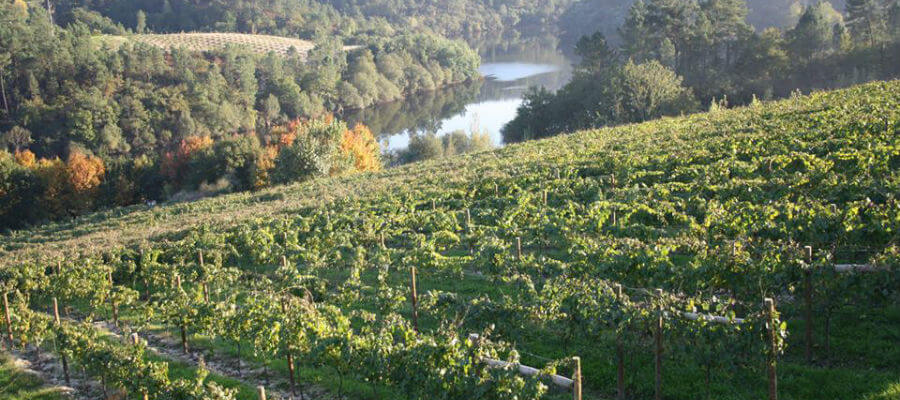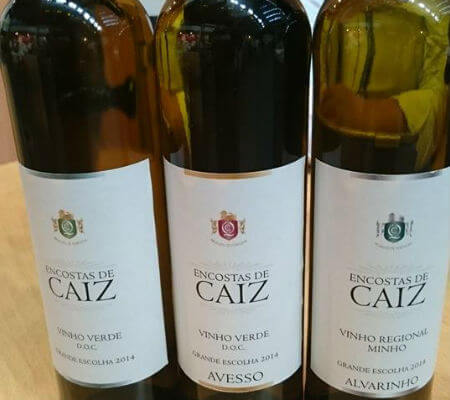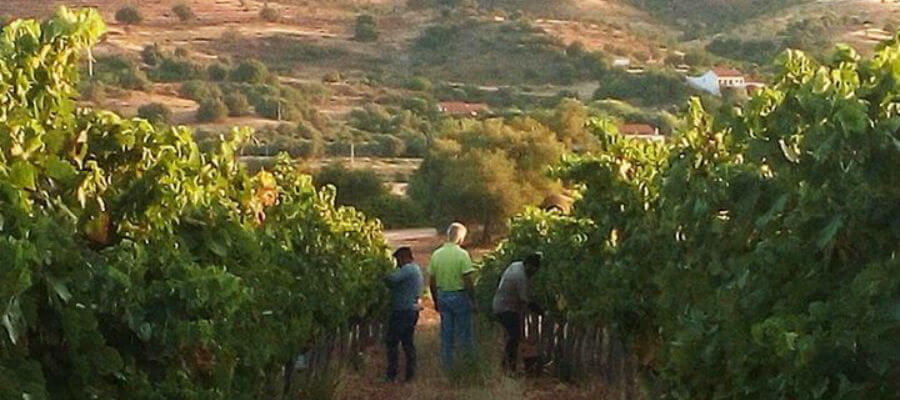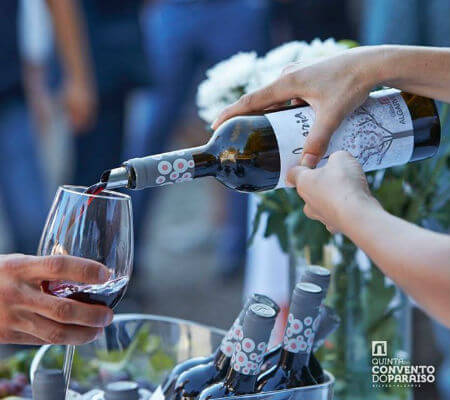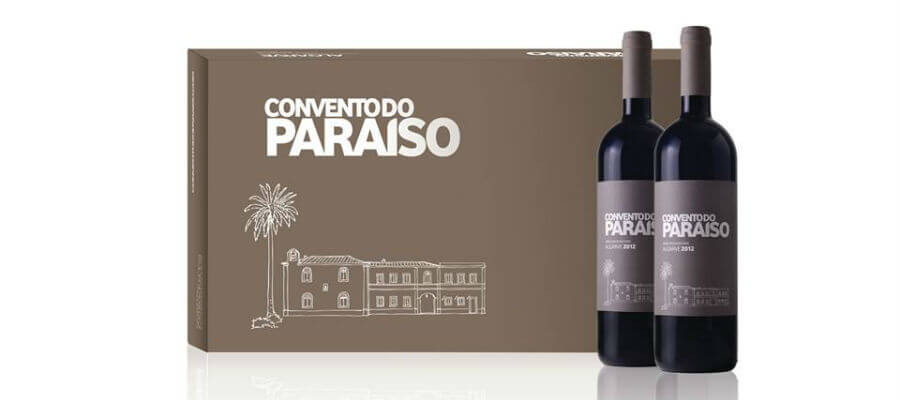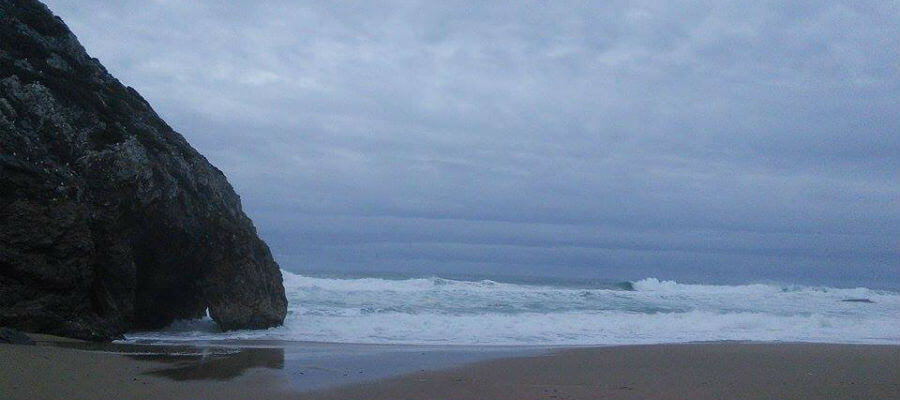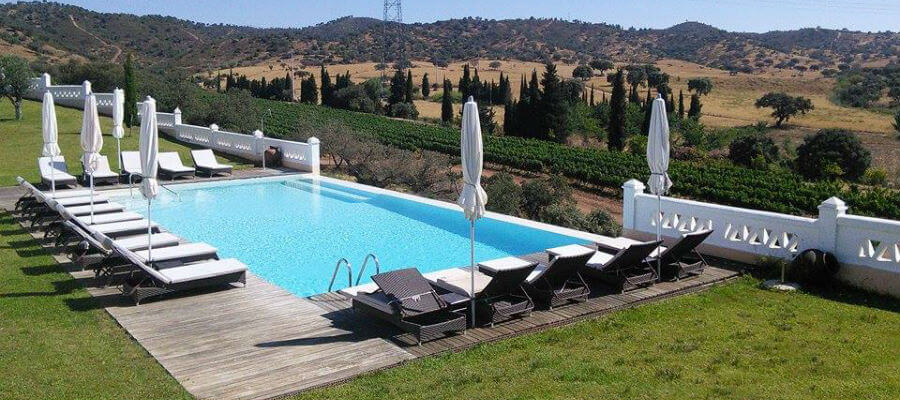Quinta do Cardo refreshing reds
Text João Pedro de Carvalho | Translation Jani Dunne
This is for my most distracted readers even though I have previously written about two of the latest products by Quinta do Cardo (part of Companhia das Quintas), a white and a sparkling wine. Please note that this producer is in Beira Interior, in the vicinity of Figueira de Castelo Rodrigo village, in Guarda district, northern inland Portugal. Vines are up high, covering a total of 444 acres, of which 170 are vines grown 750 meters high. Very recently, as oenology changed, so did the philosophy related to wine growing; nowadays, wines are presented as the fruit of biologic/organic agriculture.
Dust-free and full of freshness; even the new wardrobe seems to produce the desired effect, which is wines becoming more appealing to the point that you need to pick up the bottle to take a better look at the label; the next step is taking them home. They have mostly evolved on a presentation level, and this transformation was remarkable; a certain je ne sais quoi seems to live in the labels, which remind me of labels designed by Italian producer Vietti. And by that I mean that very good taste lies behind that decision. In fact, there was an upgrade in the look from the Colheita to the Reserva, which still features the thistle bloom.
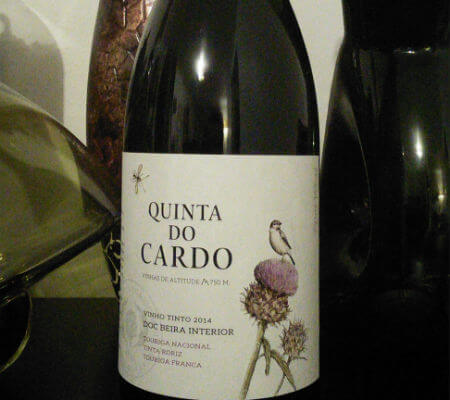
Quinta do Cardo red 2014 – Photo by João Pedro de Carvalho | All Rights Reserved
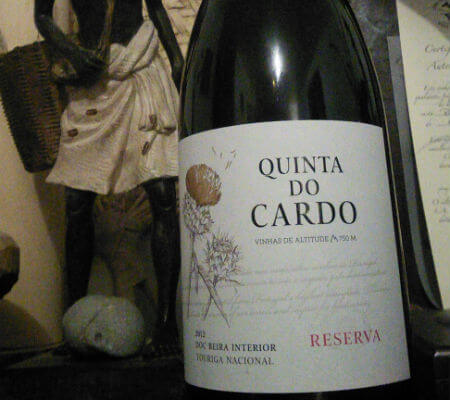
Quinta do Cardo Touriga Nacional Reserva 2012 – Photo by João Pedro de Carvalho | All Rights Reserved
As for the wines, I will now write about those two reds, which were presented as new products on the market. Quinta do Cardo red 2014, made from Touriga Nacional, Tinta Roriz and Touriga Franca, has aged for 9 months in French oak casks. The wine surprised me with its new dust-free and refreshing form; the fruit was very loose and well-outlined, tasty; a light floral in a cohesive and well-structured blend. The time it spent in casks complements the aroma and slightly rounds it off on the palate without losing the youthful vigour; a wine that was made for lovely moments round the dinner table, and that proved ideal, even in terms of price, for daily consumption at a point where quality is high above average.
Taking a very clear step ahead in quality, Quinta do Cardo Touriga Nacional Reserva 2012 emerges after a 20-month ageing period in French oak casks. Because it is still very young, everything in it is still very new, even though it is already three years old; well focused on the grape variety and on its main descriptors. Great freshness and vigour in the blend, mineral austerity on a slightly earthy background, a lot of fruit mixed into a wine that currently seems like a tight and cohesive ball of yarn, needing more time to unwrap in the bottle. If it’s opened now, it should accompany heavily seasoned dishes, such as a wild boar feijoada [pork and bean stew] or hare with haricot beans.



